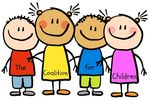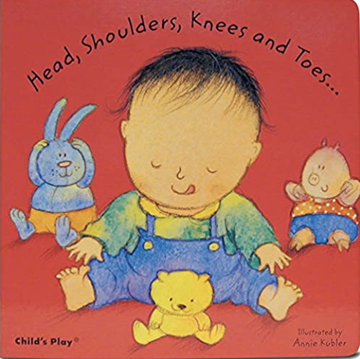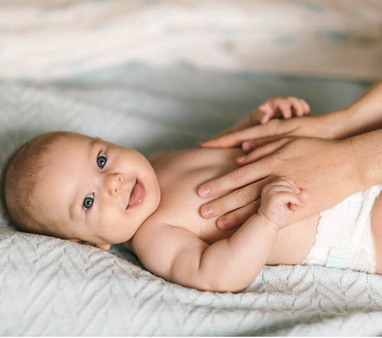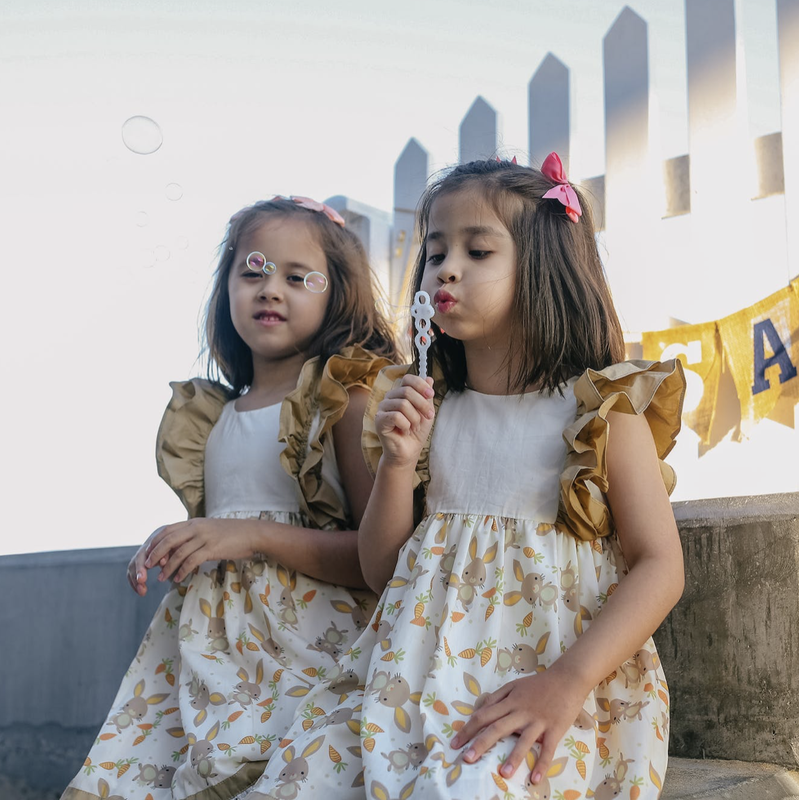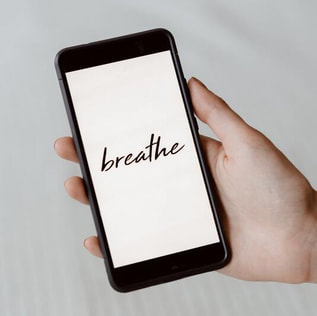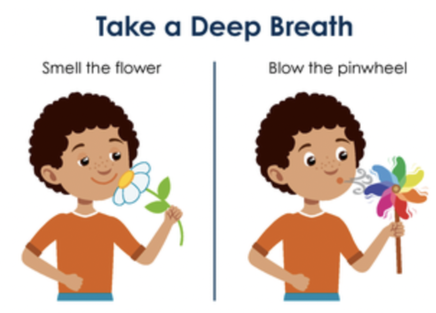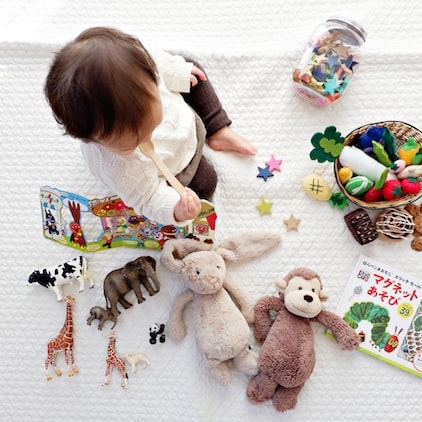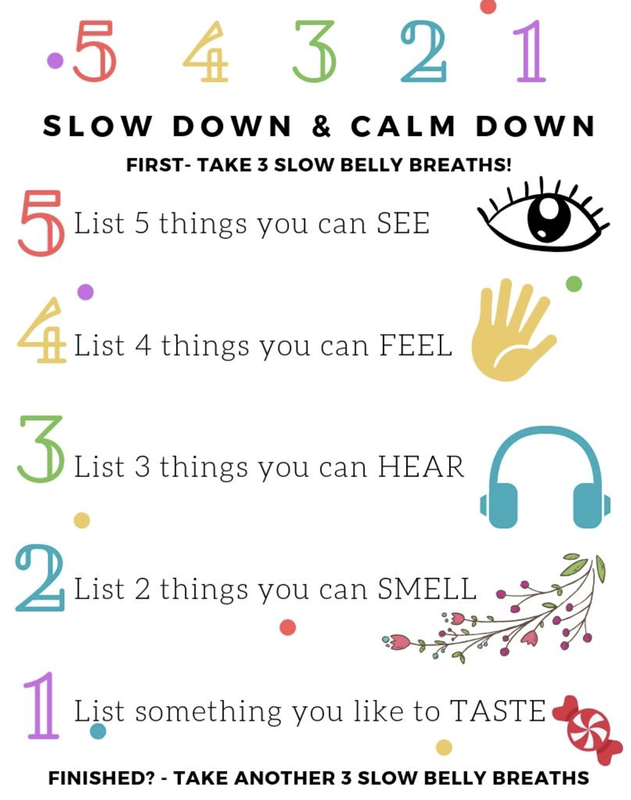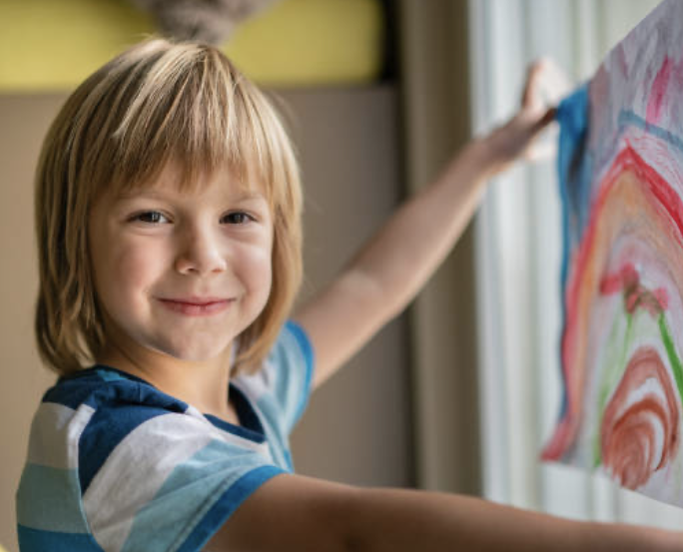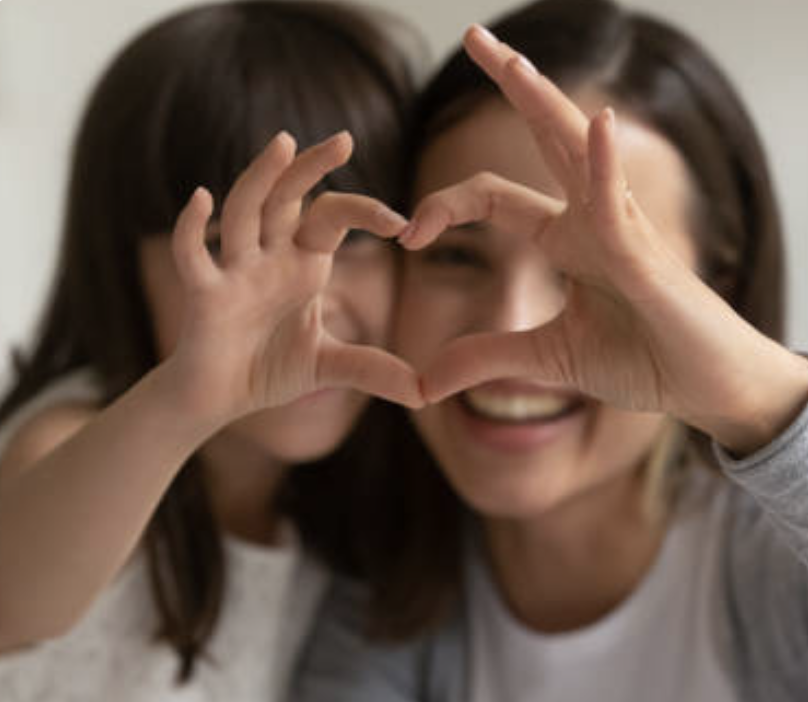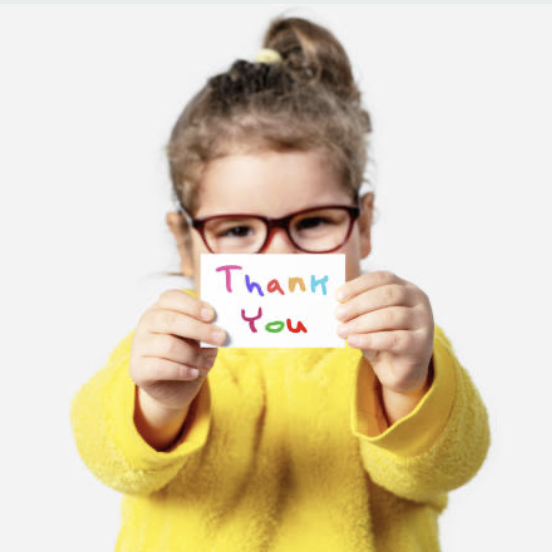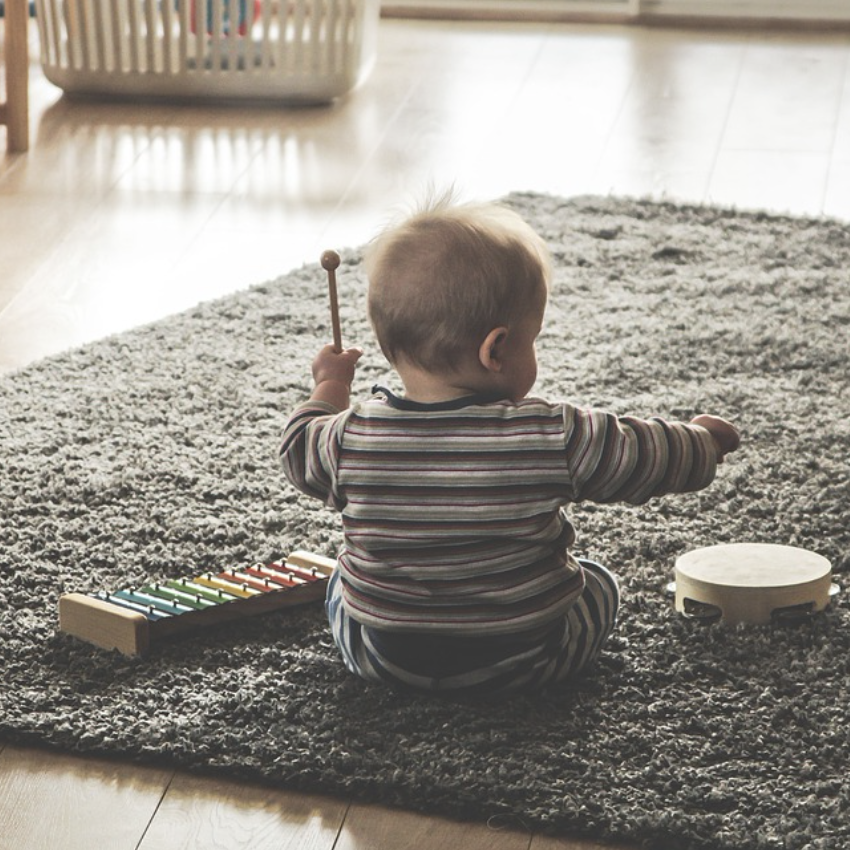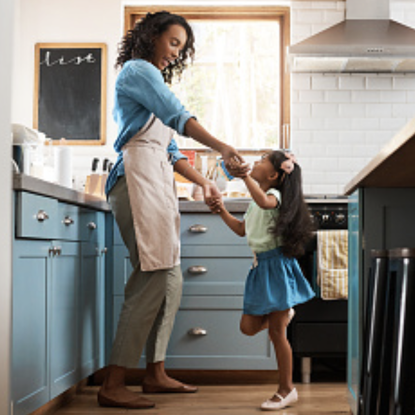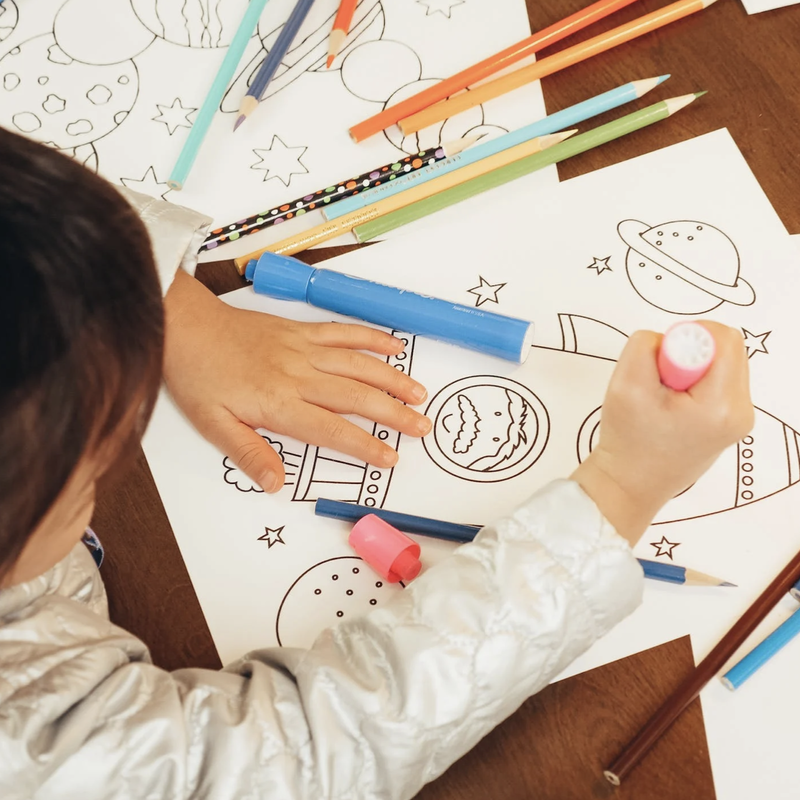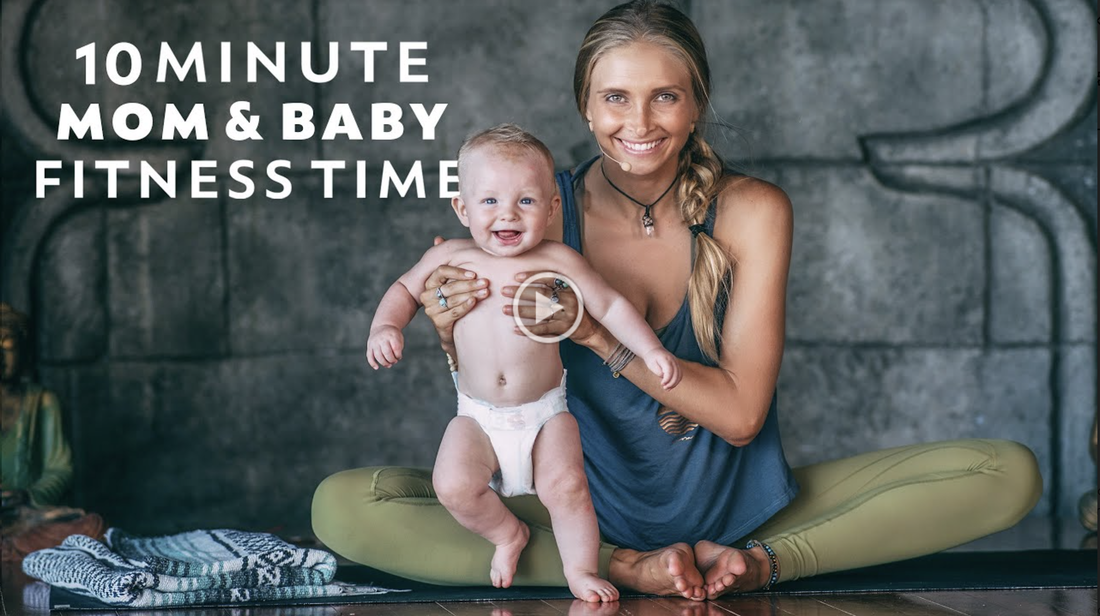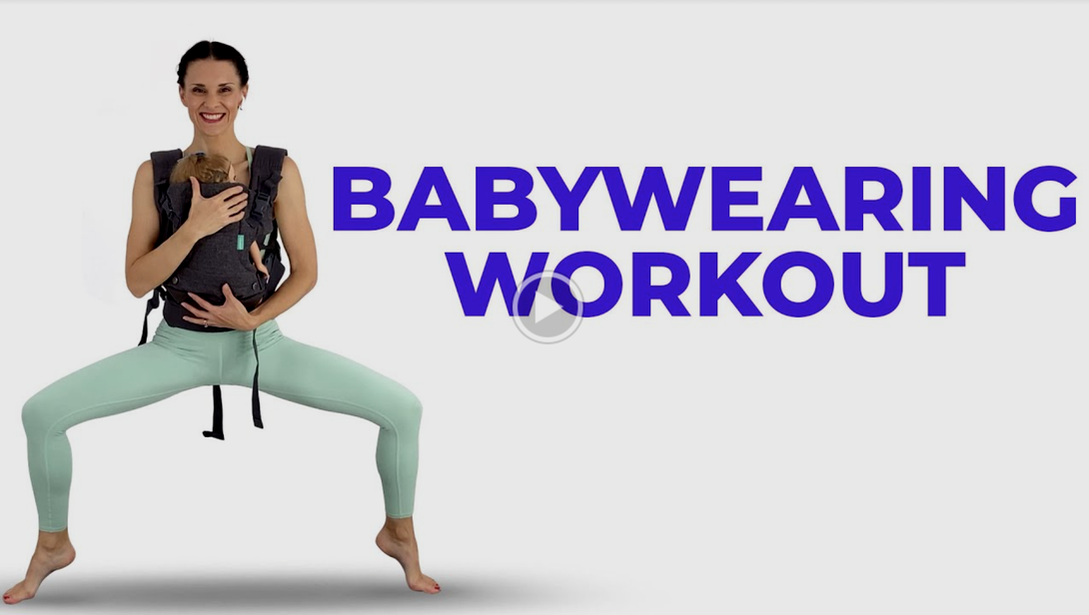Wellness Resources for New Caregivers
with Shelby Riley, LICSW
Please feel free to use and share these resources and adapt them to your life and your child's unique developmental age!
For Children:
|
Head Shoulders Knees and Toes song and/or book
|
For Caregivers:
|
Learn how to do a Body Scan Meditation
|
For Caregiver and Child:
Breathing Techniques
with Shelby Riley, LICSW
For Children:
|
Bubbles for Kids!
Benefits of bubbles:
|
For Caregivers:
|
Visual Breathing
Practice focusing on your breath: Slowing down, when focusing on breath it allows us to step away from our thoughts, sensations and emotions to regroup. How to BREATHE
How can you fit it into your routine?
For Caregiver and Child:Check out these breathing visuals/videos/songs:
|
Grounding Techniques
with Shelby Riley, LICSW
For Children:
|
I Spy Game:
|
For Caregivers:
|
5, 4, 3, 2, 1 Grounding Technique:
For Caregiver and Child:Practice a grounding game while driving together: notice all the red stop signs, or fire hydrants, or a specific color car, etc.
|
Kindness
with Shelby Riley, LICSW
|
Kindness has been shown to:
|
For Children:
|
For Caregivers:
|
Random acts of kindness for caregivers: Showing your children kindness is the BEST teacher and YOU reap the benefits of being kind as well.
Examples of simple and inexpensive ways you can fill your bucket and brighten others days at the same time:
|
Positive Affirmations & Love
with Shelby Riley, LICSW
|
Positive affirmations have the power to motivate you to act on certain things, help you to concentrate on achieving your goals in life, give you the power to change your negative thinking patterns and replace them with positive thinking patterns. Using positive affirmations rewires the brain to be more positive and self encouraging.
|
For Caregiver and Child:
|
Positive Mantras or Positive Affirmations “I am ____” statements help us focus on the positive or what we aspire to be. “I am calm” when feeling anxious, “I am brave” when feeling scared etc. These statements also help develop positive self-esteem.
For Caregivers:We as caregivers can say to ourselves:
Love Yourself Challenge:
Look in the mirror and tell yourself: “I love you,” “You are doing a great job,” “I’m so proud of you,” “You are strong!” Treating yourself the way you would treat and/ or the way you would talk to your best friend. Something to think about: When a friend is sad and upset, what do you do for them? Think of something that your best friend has done for you that felt good…. Do you ever do this for yourself? |
Gratitude
with Shelby Riley, LICSW
|
Gratitude: the quality of being thankful; readiness to show appreciation for and to return kindness. Similar to kindness, gratitude lessens stress, anxiety, and depression. When you experience gratitude, you feel grateful for something or someone in your life and respond with feelings of kindness, warmth, and other forms of generosity…which then creates a foundation of happiness.
|
For Children:
|
“Favorite Part of the Day” Exercise
|
For Caregivers:
|
Gratitude reflections, journaling, praying, meditation etc.
For Caregiver and Child:With your child(ren) thank or show appreciation for those who help us (examples: post it notes/card, snack or small gift, smile, hug, compliment)
|
Music
with Shelby Riley, LICSW
|
Research shows the benefits of music therapy for various mental health conditions, including depression, anxiety, autism, and trauma. Music acts as a medium for processing emotions, trauma, and grief, but music can also be utilized as a regulating or calming agent for anxiety or mood dysregulation.
Neuroscience research supports the effects music has on our brain’s performance: watch TEDx Alan Harvey: Your Brain on Music and Alex Doman: Your Brain is Better on Music |
For Children:
|
Music can help with all areas of child development (movement, language development, teaching body parts, learning routines, calm tantrums) and make the day together more enjoyable. At home you can:
|
For Caregivers:
|
Use music to pull you out of a funk, pump you up or calm you down.
For Caregiver and Child:Silliness, dancing and singing builds connection between you and your child and between siblings (while also helping with YOUR mental health! Letting loose and 'being a kid' with your kid(s). Musician Laurie Berkner has tons of songs for kids that adults also enjoy, great for moving, learning and sometimes being just plain silly (view playlist here).
|
Art
with Shelby Riley, LICSW
|
Research shows that expressing oneself through art can alleviate depression, anxiety, cancer, dementia and numerous other mental and physical health problems. Art is an effective way to reduce stress, increase focus and improve self-esteem. Whether it's painting, dancing, writing or music, art in all of its forms can benefit your overall health!
|
For Children:
|
Coloring page (responding to what you see without judgment)
|
For Caregivers:
|
Mandalas: Adult Coloring Pages
“Coloring mandalas allows the brain to enter a peaceful state and to be focused on filling in the geometrical shapes instead of thinking about their worries.” -Carl Jung
|
